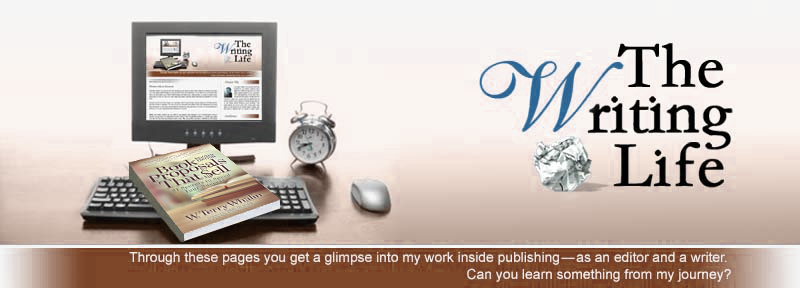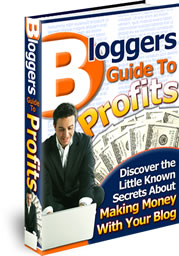A Simple Idea to Sell Books
I'm always looking for simple ideas which will help me sell more books. I find ideas in different books and articles. The foundation for most book sales are building relationships—whether in person or online. The author has to take a proactive stance to actively be on the lookout for different innovations and opportunities to sell their book.
Unfortunately many authors try and delegate this responsibility to others. Then when their book doesn't sell they blame anyone and everyone—except themselves. In Jack Canfield's The Success Principles, the first principle says, “Take 100% Responsibility for Your Life.” This principle also applies to authors who want to sell books.
Recently I read a fascinating article on John Kremer's site from David Koop called Book Marketing Makeover: Creative Marketing Nets Real Results. You can click the link and read the article but I want to point out several things that I learned from this article.
First,  David Koop wrote about a topic where he has tremendous passion: beating cancer. It's a memoir called Cancer, It's a Good Thing I Got It! and a topic that many people want to know about his experience.
David Koop wrote about a topic where he has tremendous passion: beating cancer. It's a memoir called Cancer, It's a Good Thing I Got It! and a topic that many people want to know about his experience.
Also in the first paragraph, Koop reveals that he's tried many different marketing ideas for his book. It's important for every author to try different techniques. As you try these techniques, I encourage you to keep track of the results. When something works well, then do more of that particular technique. It is different for each book and each author. From my years in publishing, I know there is no magic bullet in the area of selling books. If there was such a magic bullet or consistent formula, then every publisher would use it every time. It does not exist.
Also Koop has created a business card then uses two cards when he pays a bill or pays with a meal in a restaurant. Also he gives the cards to everyone he meets when he travels. He is an evangelist for his book and telling everyone face to face about his book.
In addition, he carries his book so he is prepared to sell it if someone wants a copy.
As I read the article, I had a question, “What words are on his business card that get people to respond and order the book?” This information wasn't in his article. I went to Koop's website, wrote him a note and asked him to see the card.
In his shopping cart, Koop has created a coupon code. People love discounts and using coupons. The back of his card says, “Save 20% on book – enter coupon code “I met him.” The simple idea was brilliant and gets response.
To show you the card, I scanned the front and the back so
I can include it with this entry.
To sell more books:
*Be watching what other authors are doing
*Incorporate ideas that work into your own book marketing
I've got several different business cards but none of my cards include the coupon idea. It looks to me like a simple idea worth trying. If you do it and it works for you, let me know. I'd love to hear your comments and experiences.
Labels: Book Marketing, business card, Cancer, David A. Koop, John Kremer









































